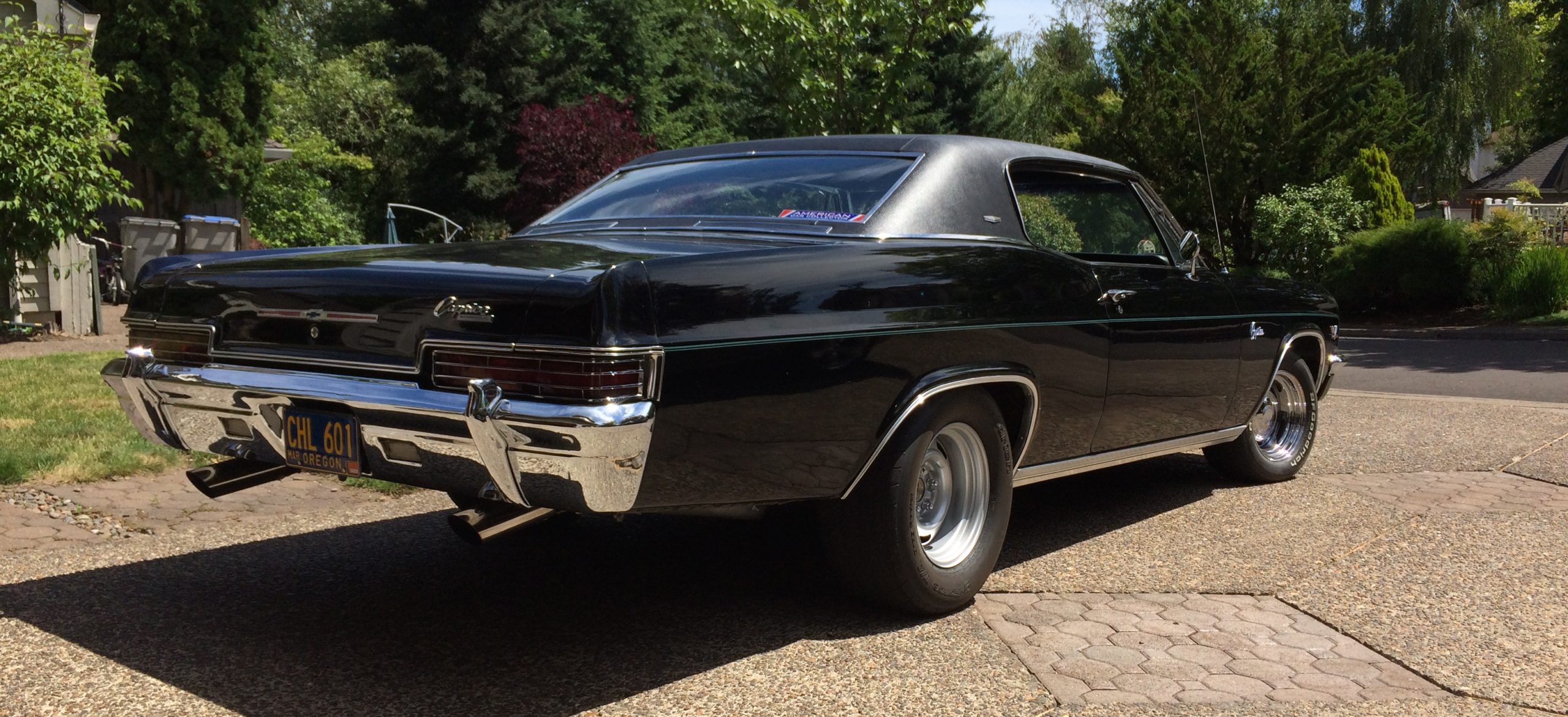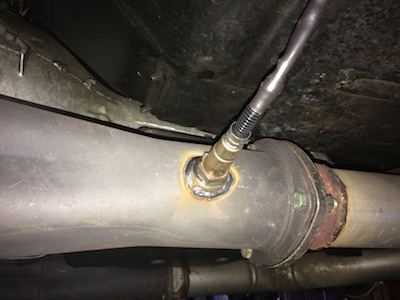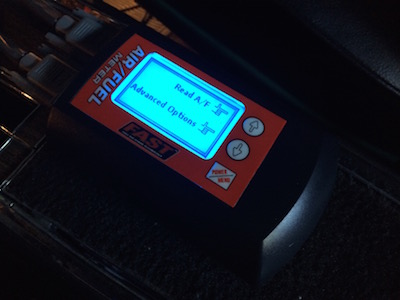
My wife can always tell when I’ve been out driving my ’66 Caprice. Unburnt hydrocarbons waft around that thing and stick to my clothes like high-performance perfume, thanks to a high-lift long-duration cam and big carburetor. I kind of like it, but I’m sure the people sitting behind me at traffic lights don’t.
I built the street/strip 468 big block in my Caprice back in 2005. It’s a pretty basic combination: 10:1 compression, balanced steel crank and rods, forged pistons, aluminum heads, etc. I went with a huge hydraulic roller cam (335/339 advertised duration, .625/.639 lift on a 112-degree centerline) for a strong mid and top range and nasty idle, and it performs. What it doesn’t do is make a lot of engine vacuum at idle, and that confuses the hell out of the Edelbrock 800-cfm carb that sits up top. The result is what I’ve assumed to be an eye-watering rich idle that I think leans out when I step on the gas.
Still, despite that rich idle I haven’t been able to tune away, I have been able to make the car streetable and quick. I tuned the power circuits of the carb and the ignition curve the old-school way: through quarter-mile runs and reading the spark plugs. It idles fine and pulls strong. It’s a 4,000-lb car, but it still runs low 12s at 110 mph on drag radials and pump gas.
But any racer will tell you that the times his or her car runs are never fast enough. I want to run 11s, but I don’t want to make a full race car out of it in the process. So I’ve started to dive deeper into tuning my current combination using modern tools and techniques — something every muscle car owner can and should benefit from, racer or not.
First up was the one tool I’ve needed for ages: an oxygen sensor. This comes from the world of fuel injected modern
cars, but it brings a lot of benefit to muscle cars as well, and most kits don’t need to be permanent aside from the fittings that are welded into your exhaust system.
O2 sensors work by measuring the amount of oxygen in your exhaust, which can then be translated into an air/fuel ratio reading. Modern cars use narrow-band sensors to feed data to an ECU, which then adjusts the amount of fuel injected. If you run an older car with a carb, the data from a wideband sensor will tell you if you’re rich or lean, and when. It’s extremely valuable tuning information.
I installed a wideband kit from FAST last week. Right away I found something I didn’t expect: the numbers showed a slightly rich idle and a pig-rich cruise — exactly the opposite of what I figured was going on. So much for my old-school tuning abilities. Getting it set correctly will boost power and fuel mileage.
 I still need to get on the strip to see if the carb is starving for fuel at high RPM, and the wideband will certainly tell me by indicating a lean condition at the far end of the track. If it does, a higher-capacity fuel pump and a fuel pressure regulator should get me closer to my 11-second goal. In the meantime, I’ll be doing a little work on the carb, with some solid reference numbers to back up my changes.
I still need to get on the strip to see if the carb is starving for fuel at high RPM, and the wideband will certainly tell me by indicating a lean condition at the far end of the track. If it does, a higher-capacity fuel pump and a fuel pressure regulator should get me closer to my 11-second goal. In the meantime, I’ll be doing a little work on the carb, with some solid reference numbers to back up my changes.
And maybe I’ll get that idle tuned a little better, too, so my wife won’t be able to tell just how much time I’ve been spending behind the wheel.